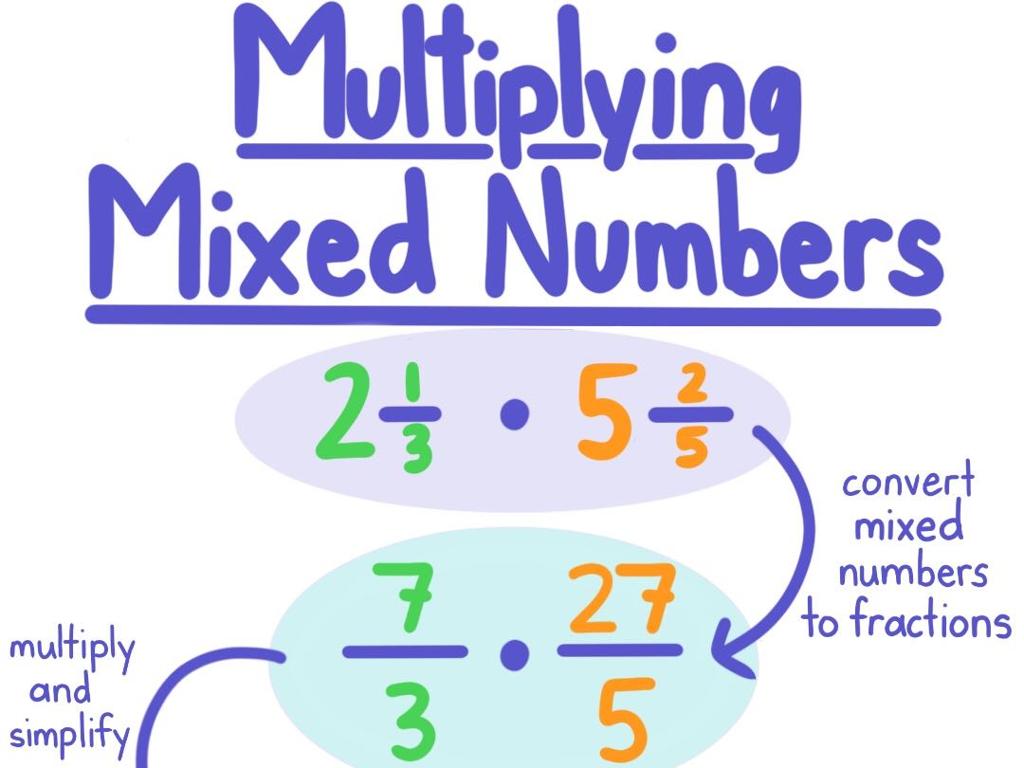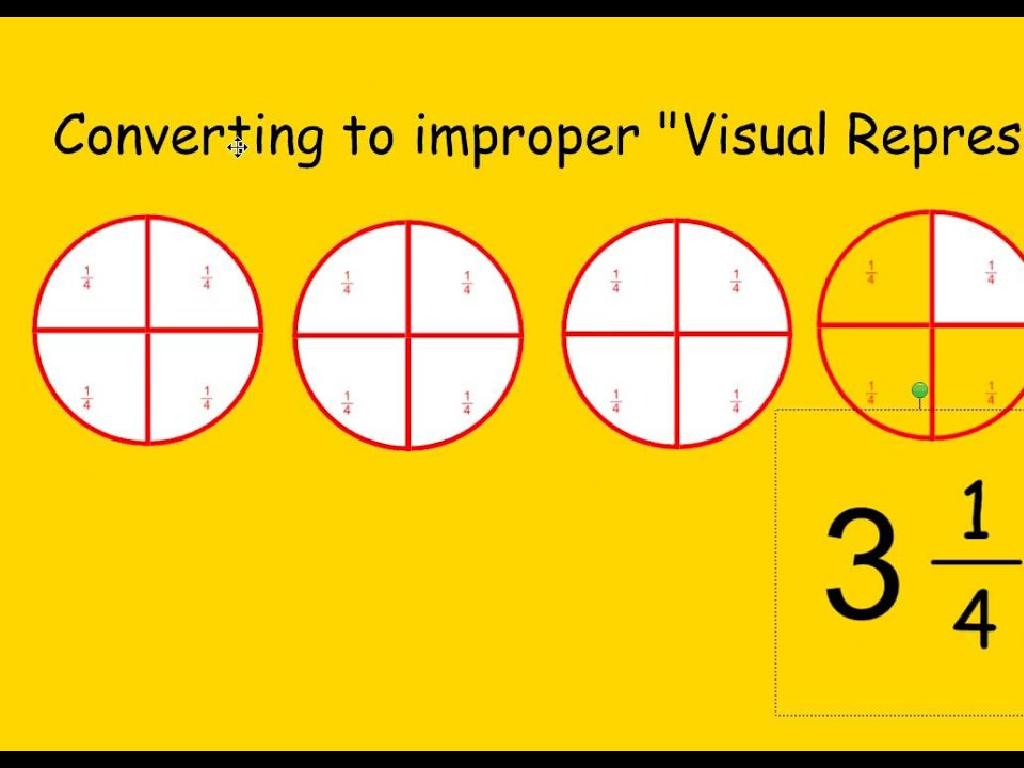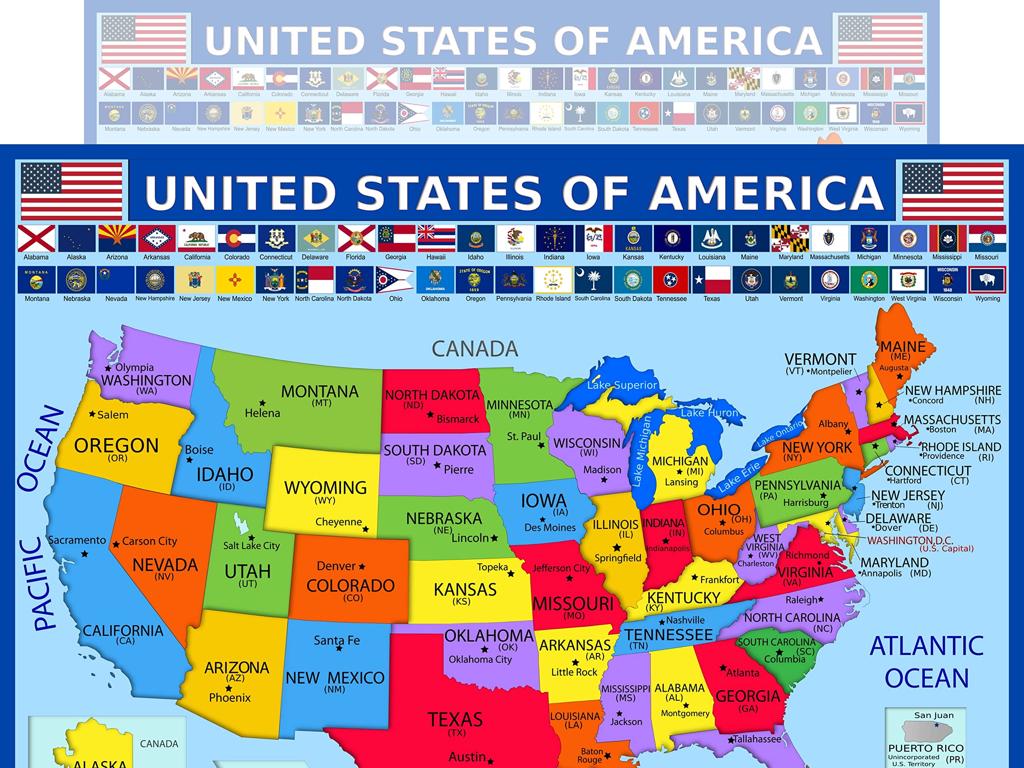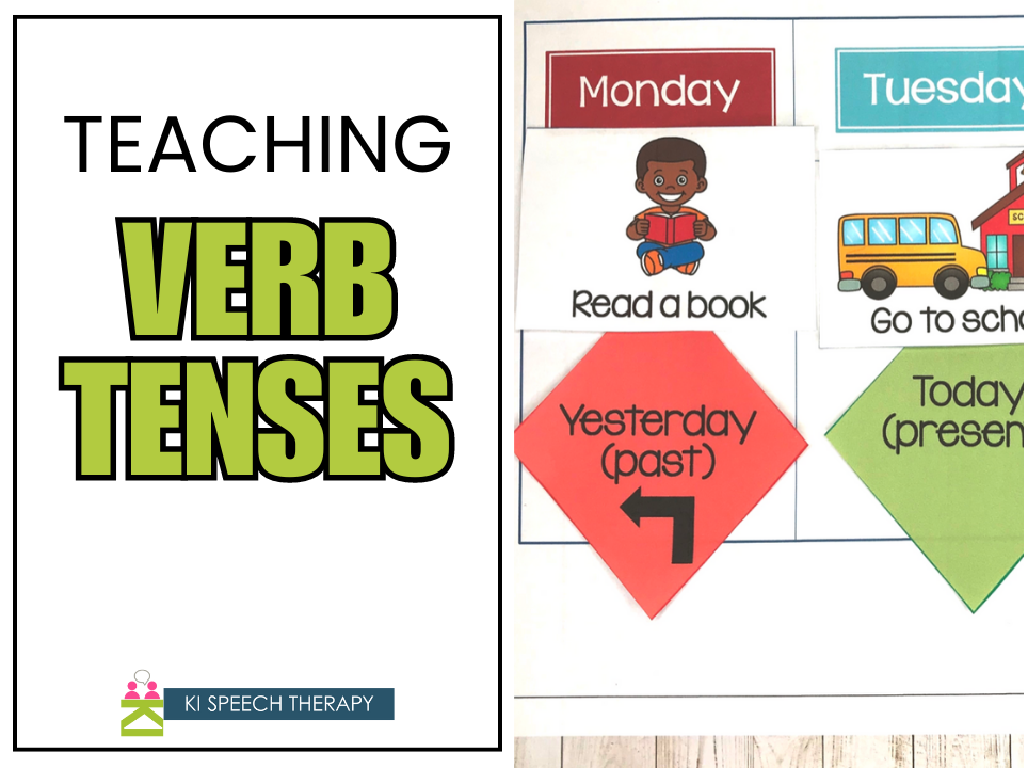Order Related Words Based On Meaning
Subject: Language arts
Grade: Second grade
Topic: Shades Of Meaning
Please LOG IN to download the presentation. Access is available to registered users only.
View More Content
Exploring Shades of Meaning
– Words with similar meanings
– Importance of shades of meaning
– Helps us pick the most fitting word for our sentences.
– Ordering words by intensity
– Arrange words like ‘whisper’, ‘talk’, ‘yell’ based on their strength.
– Practice activity
– We’ll sort words together and discuss why we order them that way.
|
Today’s lesson introduces the concept of shades of meaning, which refers to the subtle differences between words with similar meanings. Understanding these nuances is crucial for students as it allows them to choose words that best fit the context of their sentences, thereby improving their communication skills. Start by explaining that some words can mean almost the same thing but have different intensities or strengths. Engage the class with an interactive activity where they order words from weakest to strongest. For example, ‘whisper’ is quieter than ‘talk’, and ‘yell’ is louder than both. This activity will help students grasp the concept of word intensity and how it can change the meaning of a sentence. Encourage participation and discussion to ensure comprehension.
Exploring Shades of Meaning
– Understanding shades of meaning
– It’s like different flavors of ice cream!
– Colors and words: A comparison
– Just like light and dark blue, words can have variations.
– Words with similar meanings
– Some words don’t mean exactly the same thing.
– ‘Happy’ vs. ‘cheerful’ vs. ‘joyful’
– These words all show a good feeling but are not the same.
|
Shades of meaning refer to the subtle differences between words that have similar meanings. To help second graders understand this concept, compare it to various shades of a single color, which they are likely familiar with. Explain that in the same way, words like ‘happy’, ‘cheerful’, and ‘joyful’ all describe positive emotions but have slight differences in their use and intensity. ‘Happy’ is a general feeling of pleasure, ‘cheerful’ implies a bright or lively mood, and ‘joyful’ indicates a deep feeling of happiness or delight. Activities can include sorting words by intensity or using them in sentences to show their unique meanings.
The Importance of Word Order and Shades of Meaning
– Express feelings accurately
– Using varied words lets us share our emotions clearly.
– Enhance writing quality
– Different words can make stories more exciting and clear.
– Improve reading comprehension
– Understanding subtle differences helps us grasp the meaning in books.
– Why word choice matters
– Choosing the right word can change the whole message.
|
Understanding the order of words based on their meaning, or ‘shades of meaning’, is crucial for second graders as it enhances their ability to communicate effectively. By learning to choose words that best express their thoughts and feelings, students can make their writing more vivid and engaging. This skill also aids in reading comprehension, as recognizing nuances in word meanings can lead to a deeper understanding of texts. During the lesson, emphasize the power of words and encourage students to think of synonyms that could fit in different scenarios, discussing how each word changes the nuance of the sentence.
Understanding Shades of Meaning
– Words with similar meanings
– ‘Walk’ vs. ‘Stroll’ vs. ‘March’
– ‘Walk’ is casual, ‘stroll’ is relaxed, ‘march’ is energetic
– Different intensities of words
– ‘March’ shows more energy than ‘walk’ or ‘stroll’
– Usage based on context
– Choose words that best fit the story’s feeling
|
This slide introduces the concept of shades of meaning by comparing the verbs ‘walk,’ ‘stroll,’ and ‘march.’ All these words describe the action of moving on foot but differ in their intensity and the feelings they convey. ‘Walk’ is a general term, ‘stroll’ implies a leisurely pace, and ‘march’ suggests a purposeful and brisk pace. Encourage students to think about why an author might choose one word over another and how these choices affect the reader’s understanding of the text. Have students practice by using these words in sentences that reflect their different intensities and discuss how the context can change the meaning of the words.
Activity: Order the Words!
– Receive cards with ‘look’ words
– Arrange words by intensity
– From ‘least intense’ like a quick ‘glance’, to ‘most intense’ like a long ‘stare’
– ‘Glance’, ‘gaze’, ‘stare’ examples
– Understand how ‘gaze’ is more intense than ‘glance’ but less than ‘stare’
– Discuss intensity with classmates
|
This activity is designed to help students understand the concept of ‘shades of meaning’. By arranging words related to ‘look’ in order of intensity, students will learn that words have varying degrees of strength. Provide guidance on how to differentiate between the words, explaining that ‘glance’ might be a quick look, ‘gaze’ is a longer, more focused look, and ‘stare’ is an intense, prolonged look. Encourage students to use context to determine the intensity and discuss their reasoning with classmates. This will foster critical thinking and enhance their vocabulary. Prepare additional word sets for practice and ensure each student has a chance to participate.
Group Practice: Sorting Words by Shades of Meaning
– Work in groups on word sets
– Discuss and order words by meaning
– Think about how the words are similar or different
– Share your word orders
– Explain your choices to the class
– Tell us why you placed the words in that order
|
This group activity is designed to help students understand the concept of ‘shades of meaning’ by ordering words related to feelings or actions. Divide the class into small groups and provide each group with a set of words. Encourage students to discuss the subtle differences in meaning and to collaboratively decide on an order from least to most intense or from a soft action to a more forceful action. After the activity, each group will present their ordered list and explain the reasoning behind their choices. This will help students articulate their understanding and learn from each other’s perspectives. Possible word sets for the activity could include: [‘whisper’, ‘talk’, ‘yell’], or [‘happy’, ‘joyful’, ‘ecstatic’]. The goal is for students to recognize that words have different intensities and can be ordered accordingly.
Your Turn to Write: Story Challenge
– Pick a set of ordered words
– Write a story from weak to strong
– Start with the mildest word and end with the most intense
– Use each word in order
– Have fun creating your tale
– Let your imagination run wild!
|
This slide is an activity prompt for students to apply their understanding of the shades of meaning. They are to choose one of the sets of words they’ve learned to order by intensity and craft a short story using those words sequentially. The activity encourages creativity and helps reinforce the concept of word nuances. As a teacher, provide examples of word sets like ‘whisper, talk, shout’ or ‘happy, joyful, ecstatic’ to guide them. Encourage students to think about how the intensity of words can change a story’s tone. Offer support and praise their efforts to make the activity enjoyable and a positive learning experience.
Class Activity: Word Relay
– We’re playing the Word Relay game
– Pass the ‘word baton’ in class
– Each word should be stronger than the last
– For example, if the word is ‘happy’, the next could be ‘joyful’
– Let’s see how far we can take our words!
|
This activity is designed to help students understand the concept of shades of meaning by using a relay game. The ‘word baton’ is a metaphorical object that gets passed from student to student. When a student receives the baton, they must think of a word that has a similar but stronger meaning than the word said by the previous student. This exercise will help them grasp the subtle differences between synonyms and enhance their vocabulary. For the teacher: Prepare a list of starting words to help guide the activity. Monitor the relay to ensure that the words are indeed increasing in intensity and provide assistance if a student is struggling. Encourage students to use words from their reading or class lessons. After the activity, discuss with the class how the meanings of the words changed as the game progressed.
Becoming Word Wizards: Understanding Shades of Meaning
– Congratulations on learning shades of meaning!
– Word choice alters sentence meaning
– ‘Whisper’ vs. ‘yell’ shows different volumes
– Practice makes perfect word wizards
– The more you practice, the better you get
– Keep exploring words and their power
– Discover how words can change a story
|
This slide wraps up the lesson on shades of meaning, congratulating the students on their progress and encouraging them to continue practicing. Emphasize the importance of word choice in communication and how subtle differences can change the meaning of a sentence. Encourage them to be curious about words and to use their new skills to become more expressive in their writing and speaking. Provide examples of how changing one word in a sentence can alter its meaning significantly. Remind them that mastery comes with practice, and they are well on their way to becoming word wizards.






